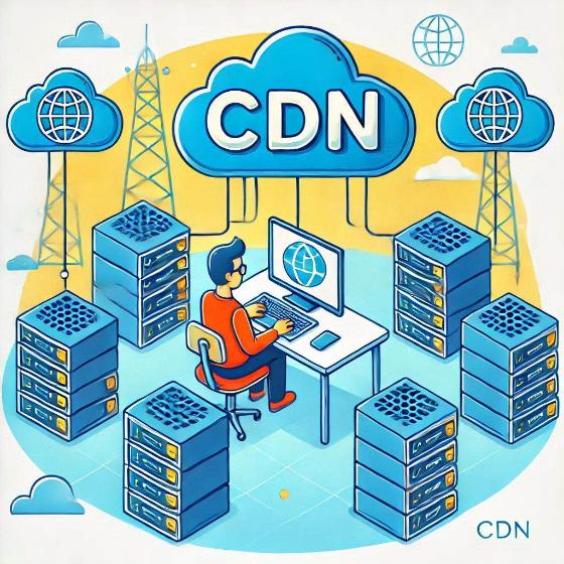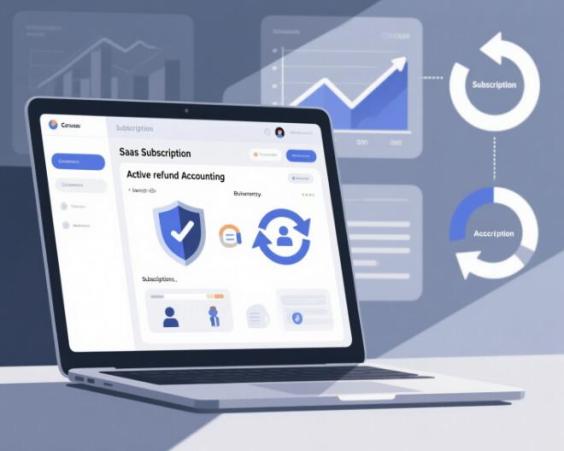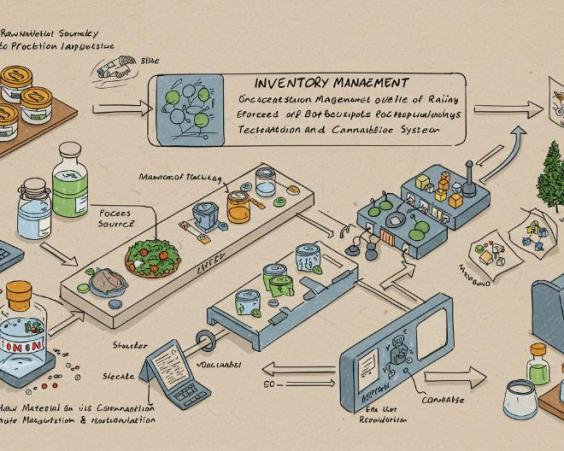What is a CDN and what function does it fulfill
In the current digital age, speed and efficiency are essential for any website or online application. One of the most important tools to achieve this is the CDN, or Content Delivery Network. In this article, we will explore what a CDN is, how it works, and what role it plays in online content delivery.

What is a CDN?
A CDN (Content Delivery Network) is a network of geographically distributed servers that store and deliver online content, such as images, videos, files, and web pages. These servers are located in different parts of the world and are designed to reduce latency and improve the loading speed of websites and online applications.
How does a CDN work?
A CDN works as follows:
- A user requests access to a website or online application.
- The request is sent to the origin server, which is the server that stores the original content.
- The origin server sends the requested content to the CDN.
- The CDN stores the content on its geographically distributed servers.
- When a user requests access to the content, the CDN delivers it from the server closest to the user.
What role does a CDN play?
A CDN plays several important roles in online content delivery:
- Improves loading speed: By storing content on geographically distributed servers, the CDN reduces the distance the content needs to travel to reach the user, improving loading speed.
- Reduces latency: The CDN reduces latency, which is the time it takes for content to reach the user, improving the user experience.
- Increases availability: The CDN increases content availability, as if a server fails, the content can be delivered from another server.
- Improves security: The CDN can provide additional security, such as protection against DDoS attacks and SSL/TLS.
- Reduces traffic on the origin server: The CDN reduces traffic on the origin server, which can help prevent overloads and improve server stability.
In summary, a CDN is a fundamental tool for any website or online application that seeks to improve loading speed, reduce latency, and increase content availability. By understanding how a CDN works and what role it plays, you can make informed decisions to improve the user experience and increase the efficiency of your website or online application.





